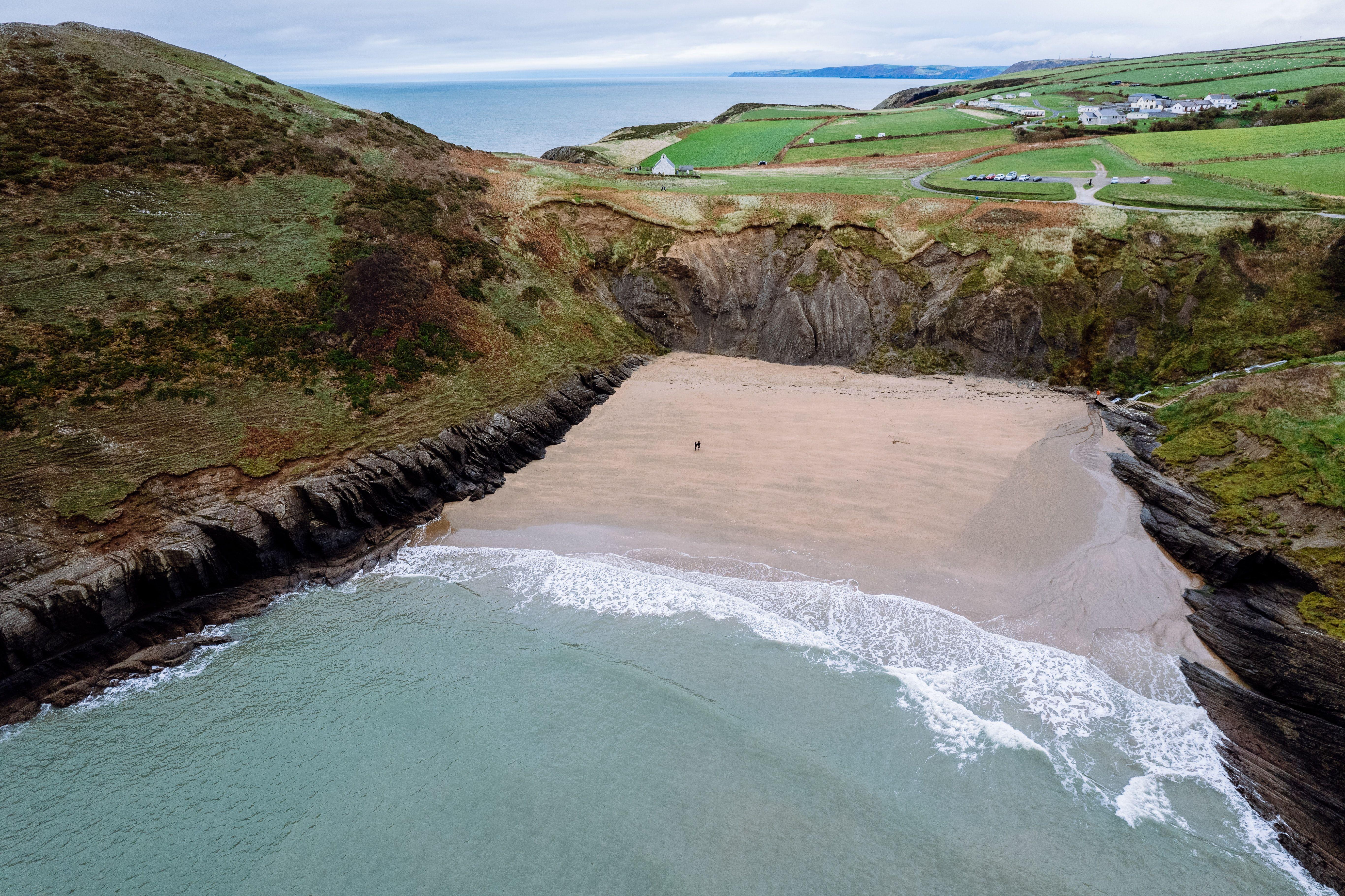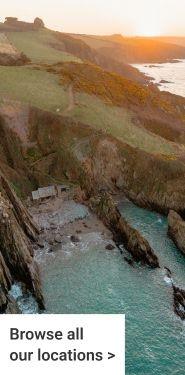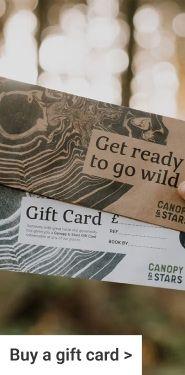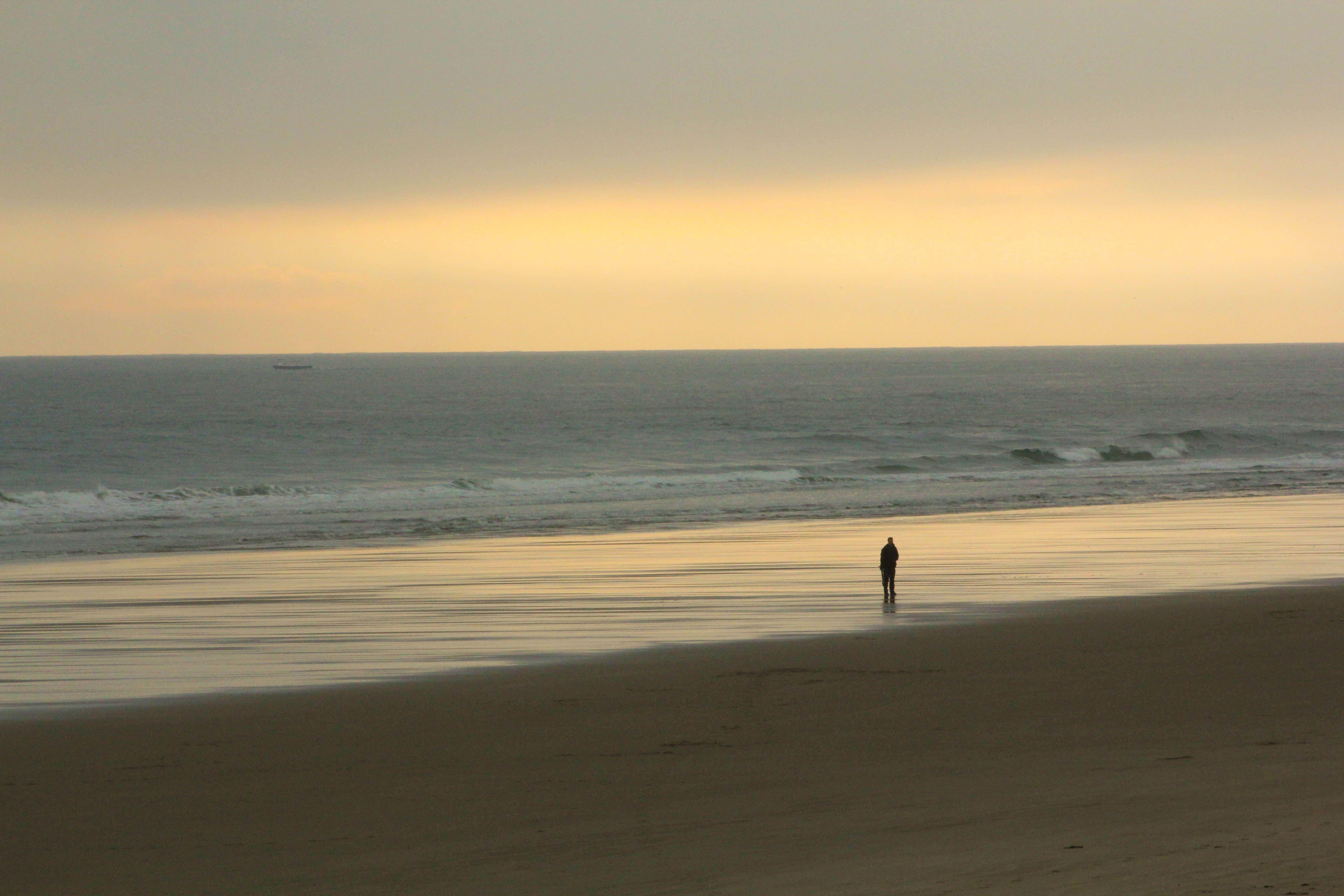
Our top hidden beaches
There's one thing many great beaches have in common -- they're secluded. There's nothing like gazing up and down a stretch of empty coast, and enjoying the magnificence of the views all to yourself. Big, little, rocky or sandy, it's always best kept to yourself. Since lockdown however, more and more of us have been spending time outdoors and natural spaces are more crowded than ever, with some government polls taken last year saying 67% of people had spent time in natural spaces in the previous two weeks. So, how do we find some well-earned respite from the masses? By taking a peek at the road less travelled. Here's a list of our favourite 'hidden beaches'.
Huisinis Beach, Isle of Harris
Probably not the easiest to reach on a merry jaunt for the weekend, but one worth the planning. Almost as north as it gets, Huisinis Beach is situated in the Outer Hebrides – about as far west as you can get in an area called Harris. Dusted with white sands, and fringed with ultramarine waters, the beach is known by few, and used by even fewer. Those that do visit go for a multitude of reasons, the good surf, kayaking, swimming, even fishing and sailing, as well as snorkelling to find the host of marine life that lives there. For those looking for other excuses to visit, it makes a wonderful starting point to head inland to spot eagles and red deer. Too much effort? You’ll just have to stay on the coast, and settle for watching the otters that play on the shore or spot seals in the sea.
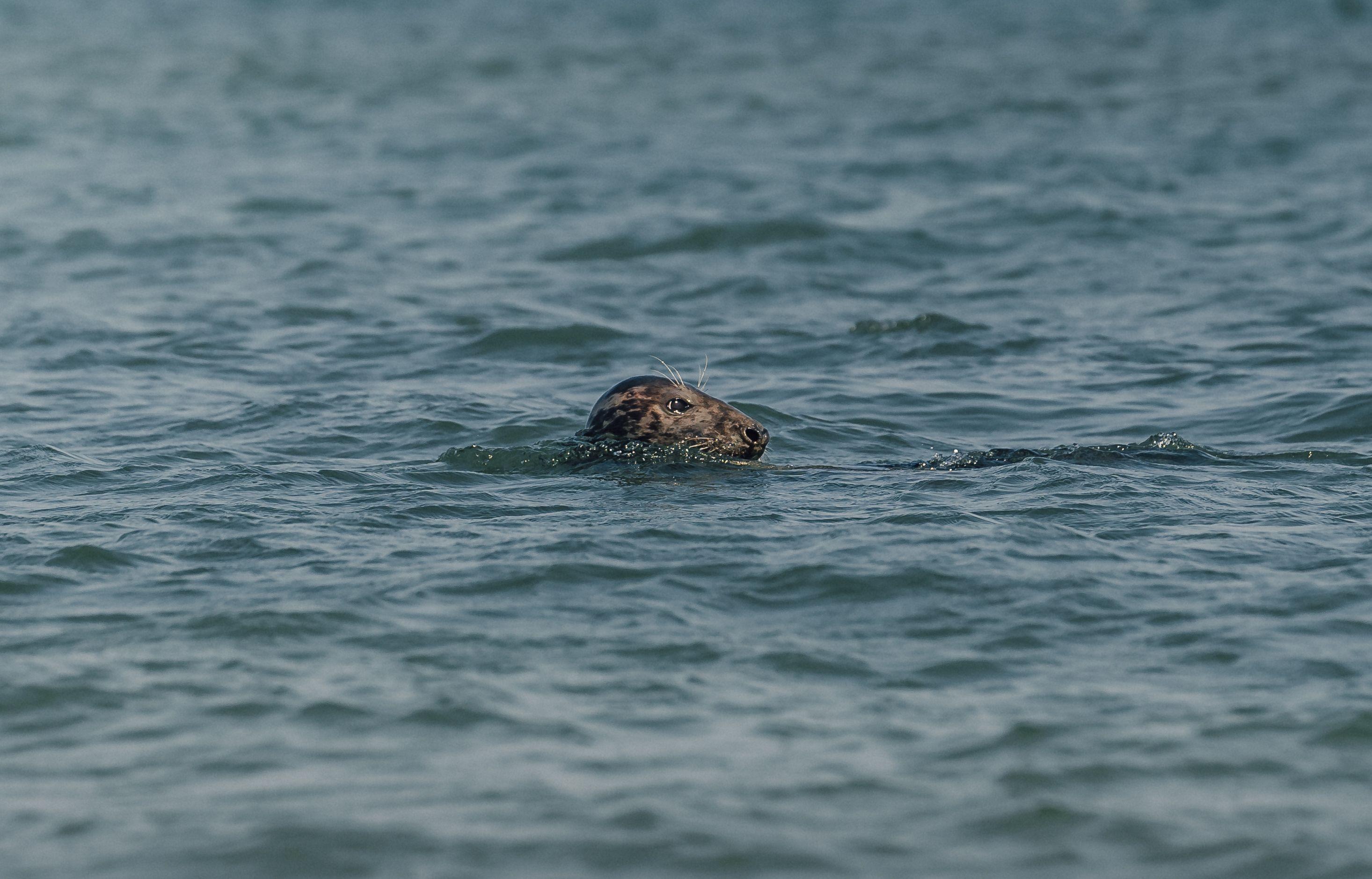
Broadsands Beach, South Devon
Looking more like a shooting location for Jurassic Park than a real UK beach, this hidden cove has the kind of turquoise hue reminiscent of Mediterranean beaches, as well as sea caves and a tiny island to swim to! Its secluded nature is not without good reason, however, as the steep steps for access deter most from exploring, and the lack of lifeguards make it a riskier venture for less proficient swimmers. Keep an eye on the time! The beach drastically shrinks when the tide comes in, so you’d better time your cave exploring just right. All in all though, an especially stunning visit.
Combesgate Beach, North Devon
The most north-westerly tip of coast that sits in North Devon, this little patch of sand is Woolacombe Beach’s little sister. Made up of golden sands and shingle, this little patch of land grows with the receding tide, and reveals rock pools for children to explore and good surf for those inclined. Yet Combesgate is comparatively under-visited compared to her larger, award-winning sister. There’s facilities nearby, as well as a renowned restaurant in the Watersmeet Hotel that overlooks the area. If you’re feeling active, tour the whole stretch of coast from Grunta beach to the north, past Combesgate, Woolacombe and finally to Putsborough Beach at the most southern point.

Crow Point, Devon
Round the corner from Saunton Sands and just north of Westward Ho!, Crow point is not an easy find. Requiring you to access it via a toll road at Velator, near Braunton (both cars and cyclists must pay), it’s not easily accessible, and therefore rarely visited. On one side there’s clear views of the River Taw with Instow beach opposite, and on the other side, a view of Appledore and Greysands beach. It’s uncommon that two major rivers meet at a single estuary, but this is the meeting point of such a phenomenon, and it creates difficult to predict tides, and high winds that continuously and dramatically change the coastline. Just keep to the sands, and avoid the mud banks further out, which are rather perilous!
Mwnt Beach, Ceredigion
This little patch of golden sand is hidden away on the Ceredigion coast, with steps leading down from the nearby car park. A hotspot for wildlife, you can spot dolphins swimming and playing in the bay, as well as seals and their pups during the breeding season (August to December). Above the beach is a conical hill, Foel y Mwnt, from which it takes its name. From the top, on a clear day, you might even be able to spot Snowdonia on the horizon! Though its clear turquoise waters are tantalising, they’re a relatively a tamer spot better suited to those looking to recline with wine, rather than hit the waves.
